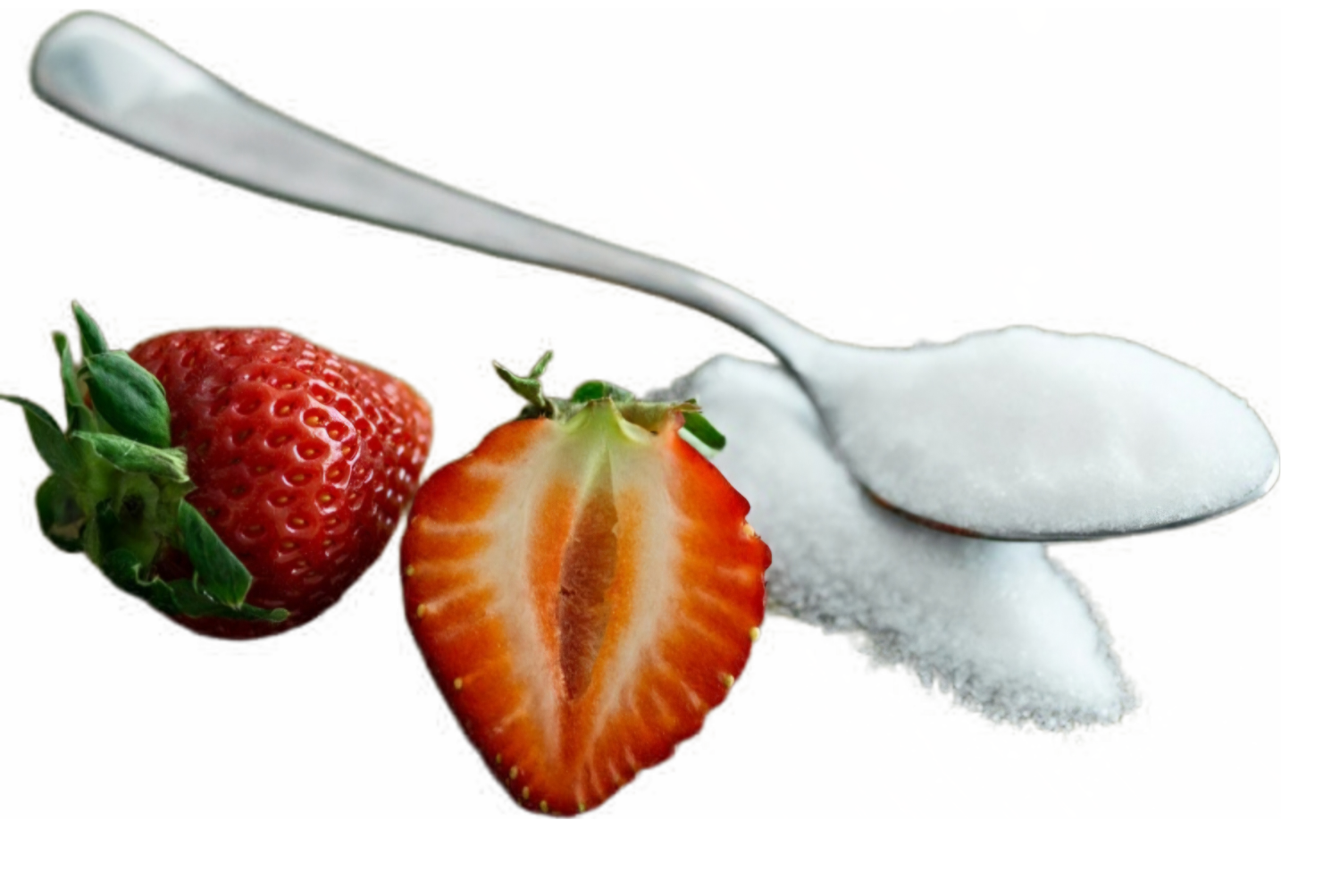
Chapter 3: Physiological effects of allulose
Allulose StorePage audition
The absorption and metabolism of allulose is significantly different from traditional sugars
According to research, 70% of consumed allulose is absorbed in the small intestine, while 30% is excreted unchanged in the feces.
The absorbed portion is not metabolized into glucose, but enters the bloodstream and is excreted unchanged through the urine.
This unique metabolic process explains allulose's low calorie content (0.2–0.4 kcal/g) and zero glycemic index.
The role of intestinal flora in allulose processing is limited
Intestinal bacteria are only capable of fermenting to a small extent, so it does not result in significant gas or acid production, although in large amounts it can cause bloating in some individuals.
Calorie content and glycemic effects
The energy content of allulose is 10% of that of sucrose (0.4 kcal/g vs. 4 kcal/g), which is due to two factors:
- Limited affinity of glucose transporters (GLUT5) for allulose
- Lack of metabolism in the liver

Glycemic index 0
That is, it does not raise blood sugar levels, which is especially beneficial for diabetics and individuals with insulin resistance.
According to clinical studies, consuming 5–10 g of allulose significantly reduces postprandial blood sugar levels ( 15–20% reduction in 30-minute values).
A 2024 meta-analysis of 126 participants with diabetes found that allulose reduced TAR (time above target blood glucose) by 8.8% and improved glucose AUC (area under the curve).
Insulin response and hormonal effects
Allulose does not directly stimulate insulin production, but it may help stabilize blood sugar levels through indirect mechanisms:
Increasing GIP and GLP-1 levels
These gut hormones stimulate insulin production and reduce appetite.
Inhibition of hepatic glucose production
It can reduce glucose output from the liver by up to 10–15%.
A Japanese study found that consuming 5 g of allulose for breakfast reduced insulin AUC by 20% in healthy individuals.
Health benefits in specific groups
- Diabetics
- Type 1 diabetes
Allulose may be a safe alternative without the risk of hypoglycemia.
- Type 2 diabetes
Meta-analyses suggest that doses of 5–15 g/day improve glycemic control.
- HbA1c reduction
After 12 weeks of consumption, an average improvement of 0.3–0.5% is observed.
- Dieters and those trying to control their weight
Fat burning: A dose of 7 g/day resulted in a 3.2% reduction in body fat percentage over 12 weeks.
Appetite control
Consuming allulose promotes the production of cholecystokinin (CCK) and leptin, which reduce hunger.
- Athletes
Energy level: Despite its low calorie content, it does not affect muscle tone.
Recovery: Its antioxidant properties may reduce oxidative stress after exercise.
Safety profile and side effects
According to the FDA's GRAS classification, allulose is safe at doses up to 0.55 g/kg body weight/day.
Side effects are rare and mainly occur when consuming more than 40–50 g per day:
- Gastrointestinal symptoms: Bloating, diarrhea (in 12–15% of cases).
- Risk of hypoglycemia: Monitoring is necessary in diabetic patients in addition to medication.
Summary
The unique physiological properties of allulose – low calorie content, zero glycemic effect, insulin-sensitizing effects – make it an ideal choice in the field of sugar reduction.
Clinical evidence supports its effectiveness in stabilizing blood sugar levels, reducing weight, and reducing oxidative stress, while its safety profile is more favorable compared to many alternatives.
In the future, it is expected to play a key role in diabetes management and health-conscious diets.

